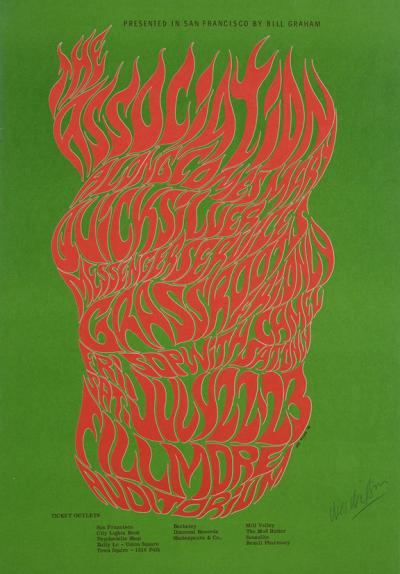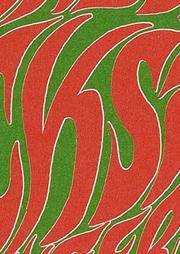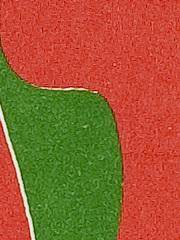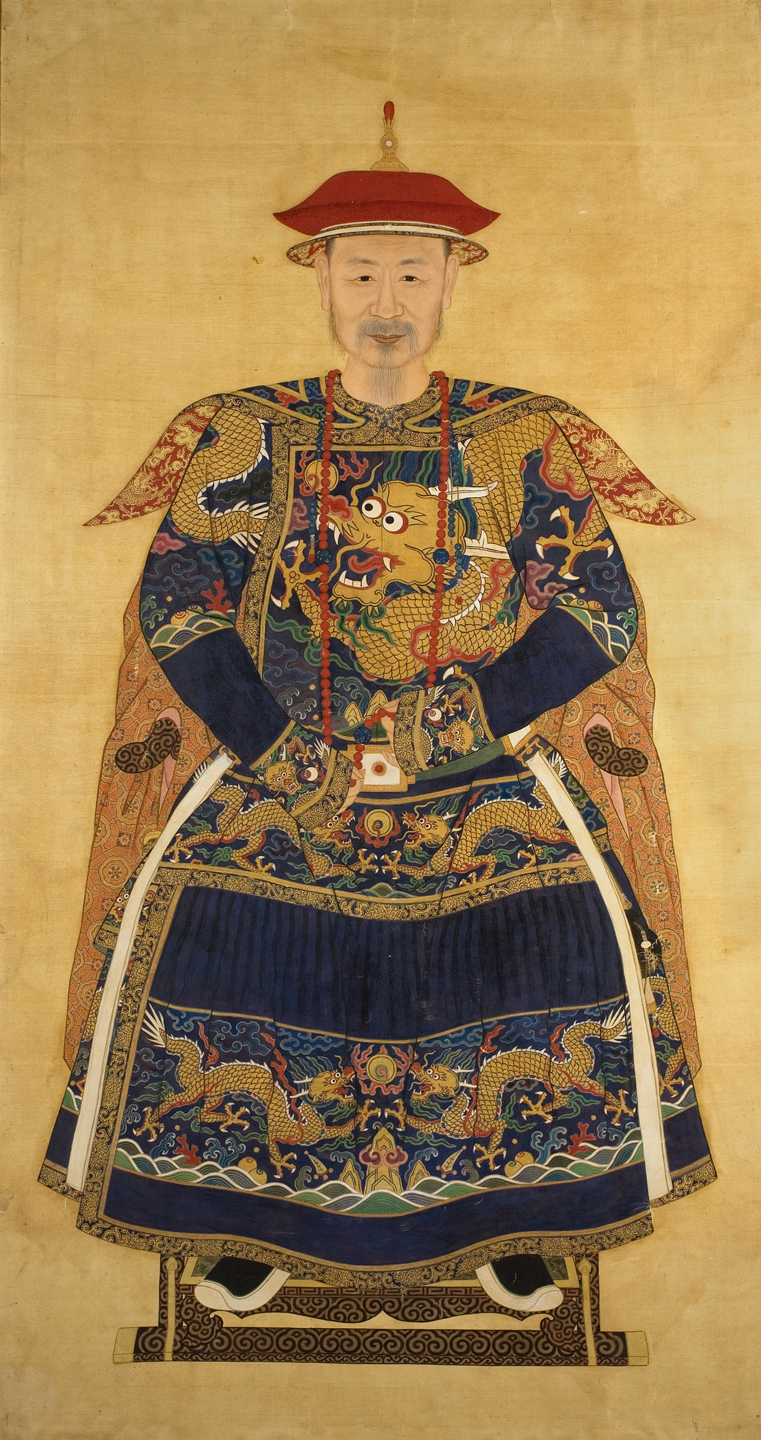Children will work with each other to shape their bodies into letters. They will then look at letters in the Association, Quicksilver Messenger Service, Fillmore Auditorium, San Francisco poster and repeat the exercise fashioning letters that mirror those in the poster. Drawing upon the fact that the Association, Quicksilver Messenger Service, Fillmore Auditorium, San Francisco poster communicates information, they will then imagine a special event and come up with words to communicate information about that event.
Students will be able to:
- explain that letters combine together to make words;
- explain that words are often combined together to communicate information;
- combine specific words to communicate information; and
- use their imaginations.
Lesson
- Teacher preparation: Read the About the Art section for the Association, Quicksilver Messenger Service, Fillmore Auditorium, San Francisco.
- Warm-up: Divide the children into groups of three. Show them the capital letter A and have them form the letter lying on the floor with their partners. Repeat for the letters B, Y, and Z.
- Share with the children that letters of the English alphabet that they will learn in school can look simple or fancy. Show them the Association poster. Enlarge the image so you can point out the “fancy” letters. Compare each of these with letters that look more simple and familiar.
- Have them get in their groups of three once again and shape their bodies on the floor like three of the fancy letters (your choice).
- Tell them that letters are put together to form words that are often used to let people know about something going on. Read them the poster (or just part of it if you prefer, for example you could say that the bottom says “Fillmore Auditorium,” and that other words on the sign are band names and dates) and ask them to tell you what these letters and words are telling people. (They will most likely need some guidance from you).
- Ask them to imagine different activities they would really like to do (e.g., ride a unicorn, fly to Mars, swim across the ocean). Have them tell a partner or share with the class what the activity is. Tell them that the words they use will help everyone understand what they want to do.
- Call on some volunteers to share the description of their chosen activity. If you feel comfortable, you can draw images of the words you hear them using, or perhaps show them on a computer. The key concept is that words communicate information.
Materials
- Paper and pen or pencil for the teacher
- Space for the children to spread out on the floor
- Internet access to locate images, or the ability to draw images, to represent words and phrases
- About the Art section on the Association, Quicksilver Messenger Service, Fillmore Auditorium, San Francisco (included with the lesson)
- Color copies of the poster for children to share, or the ability to project the image onto a wall or screen
Standards
- Visual Arts
- Observe and Learn to Comprehend
- Relate and Connect to Transfer
- Language Arts
- Oral Expression and Listening
- Writing and Composition
- Reading for All Purposes
- Collaboration
- Critical Thinking & Reasoning
- Information Literacy
- Invention
- Self-Direction

Association, Quicksilver Messenger Service, Fillmore Auditorium, San Francisco
Wes Wilson, United States
1966
20 1/8 in. x 14 1/4 in.
Partial gift of David and Sheryl Tippit; partial purchase with Marion G. Hendrie Fund; Florence & Ralph Burgess Trust; and other Denver Art Museum funds, 2009.515
© 1966 Wes Wilson
Wes Wilson was born in Sacramento, California in 1937. He got his start while working for a print shop in San Francisco, where he designed posters and handbills for early dance concerts. During the 1960s, he became the first artist to consistently create posters for the two main concert promoters on the San Francisco music scene-Bill Graham, who produced concerts at the Fillmore Auditorium and Chet Helms, who ran the Avalon Ballroom. One of the first projects to bring Wilson recognition was a handbill for the legendary Trips Festival, a three-day event that took place in San Francisco and set the stage for later dance concerts.
Wilson initially produced as many as six posters a month for the Fillmore and the Avalon. In 1966, when the pressure of designing multiple posters each week became overwhelming, he began working solely for Bill Graham. While Chet Helms loved to contribute to the poster-making process, Graham allowed Wilson the artistic freedom he desired. "Chet almost always had the theme already picked out, but with Bill, you could do your own thing, mainly because he was too busy to deal with you. He liked that I could do posters without him having to tell me anything." Despite the freedom that came with working for Graham, Wilson began to feel exploited and stopped producing posters for the Fillmore in 1967. Although Graham was building an increasingly profitable poster-selling enterprise, Wilson was paid only $100 per poster, without royalties. Wilson continued to produce posters for other venues, including the Avalon Ballroom. Today he creates artworks from his farm in the Missouri Ozarks.
Psychedelic posters were originally created as advertisements for dance concerts that took place in San Francisco from 1965 to 1971. The term "psychedelic" comes from the Greek psyche (mind) and deloun (make visible or reveal), and refers to the mind-altering effects of LSD, a hallucinogenic drug that was frequently used at these events. Designs for concert posters were a visual reflection of the experiences one might have at a dance concert. The movement, colors, and images all reflect the kinds of things that would appeal to a concertgoer's many senses. Posters were plastered on telephone poles and in store windows, and were often stolen by people who took them home to hang on their walls or refrigerators. "It was very disconcerting to poster a whole street and then walk back a few minutes later and discover that 90 percent had been removed. But I soon learned that a stolen poster carried home and pasted on a refrigerator reached the audience I wanted," said Helms.
Wilson was a part of the counter-culture that he was trying to reach out to, and was inspired by his personal experiences. "I imagine the posters were like some kind of imprint like a section of my mind at that time. And some of them were pretty weird, pretty strange," said Wilson. His designs set the style, capturing the full sensory experience of the dancehall environment and the visual distortions brought on by psychedelic drugs.
Details

Semi-Legible Text
Psychedelic posterslike this one were often filled with text that was difficult to read. “Well, it’s nice, but I can’t read it,” Bill Graham said about one of Wes Wilson’s poster designs. The artist replied, “Yeah, and that’s why people are gonna’ stop and look at it.” Wilson proved right. People often spent time looking at the posters and would actually sway back and forth as they tried “to follow the curvature of the words, the lettering,” noted Graham.

Lettering
Wilson drew his letters by hand to create three-dimensional, undulating shapes. This lettering style became characteristic of his early work. “I like to do my work freehand—no ruler and stuff. Just make it fit naturally. If I needed to make a letter a little wider, well, I would.”

Color
Wilson used “loud” or very bright colors to reflect the dancehall atmosphere. By placing the bright red and green next to each other, he created forms that seem to vibrate.

Movement
Wilson formed each letter so that it fit into the overall shape of the flames. The flowing lines evoke the energy and movement of the dancing crowd and the light shows that one would see at a concert.
Funding for object education resources provided by a grant from the Morgridge Family Foundation. Additional funding provided by the William Randolph Hearst Endowment for Education Programs, and Xcel Energy Foundation. We thank our colleagues at the University of Denver Morgridge College of Education.
The images on this page are intended for classroom use only and may not be reproduced for other reasons without the permission of the Denver Art Museum. This object may not currently be on display at the museum.




